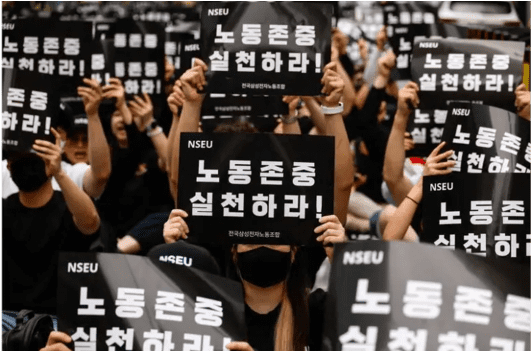
From the perspective of the two major markets of the United States and China, the autonomous driving industry has fallen into a low tide in recent years. For example, last year, Cruise Origin, one of the twin stars of Silicon Valley autonomous driving companies and once valued at more than $30 billion, failed completely, its Robotaxi (driverless taxi) operation qualification was revoked, and autonomous driving models have been discontinued. However, as a new track with the deep integration of digital economy and real economy, automatic driving is a must answer: on the one hand, automatic driving will accelerate the process of technology commercialization and industrialization, and become an important part of the game of major powers; On the other hand, autonomous driving will also promote industrial transformation and upgrading by improving the mass travel service experience, seeking new engines for urban development, and injecting new vitality into the urban economy.




